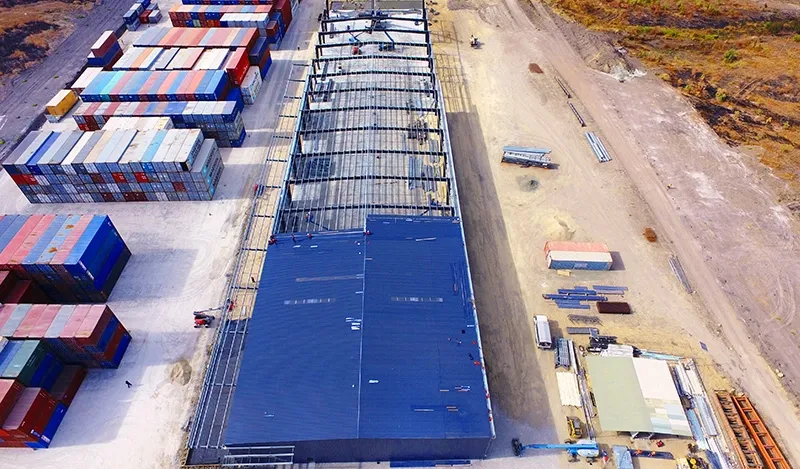- Afrikaans
- Albanian
- Amharic
- Arabic
- Armenian
- Azerbaijani
- Basque
- Belarusian
- Bengali
- Bosnian
- Bulgarian
- Catalan
- Cebuano
- Corsican
- Croatian
- Czech
- Danish
- Dutch
- English
- Esperanto
- Estonian
- Finnish
- French
- Frisian
- Galician
- Georgian
- German
- Greek
- Gujarati
- Haitian Creole
- hausa
- hawaiian
- Hebrew
- Hindi
- Miao
- Hungarian
- Icelandic
- igbo
- Indonesian
- irish
- Italian
- Japanese
- Javanese
- Kannada
- kazakh
- Khmer
- Rwandese
- Korean
- Kurdish
- Kyrgyz
- Lao
- Latin
- Latvian
- Lithuanian
- Luxembourgish
- Macedonian
- Malgashi
- Malay
- Malayalam
- Maltese
- Maori
- Marathi
- Mongolian
- Myanmar
- Nepali
- Norwegian
- Norwegian
- Occitan
- Pashto
- Persian
- Polish
- Portuguese
- Punjabi
- Romanian
- Russian
- Samoan
- Scottish Gaelic
- Serbian
- Sesotho
- Shona
- Sindhi
- Sinhala
- Slovak
- Slovenian
- Somali
- Spanish
- Sundanese
- Swahili
- Swedish
- Tagalog
- Tajik
- Tamil
- Tatar
- Telugu
- Thai
- Turkish
- Turkmen
- Ukrainian
- Urdu
- Uighur
- Uzbek
- Vietnamese
- Welsh
- Bantu
- Yiddish
- Yoruba
- Zulu
డిసెం . 22, 2024 19:37 Back to list
The Role of Hoop Buildings in Modern Agriculture
In recent years, the agricultural sector has been undergoing a significant transformation driven by the need for efficiency, sustainability, and versatility. One of the structures that have gained immense popularity among farmers and agricultural producers is the hoop building. This innovative and cost-effective solution offers numerous benefits, making it a favored choice for various agricultural applications.
What Are Hoop Buildings?
Hoop buildings, often referred to as hoop houses or high tunnels, are semi-permanent structures featuring a series of arches covered with a single layer of plastic. These buildings are designed to provide a controlled environment for growing plants and protecting crops from harsh weather conditions. The simple design and ease of construction make hoop buildings an attractive option for farmers of all sizes, from small-scale operations to larger commercial farms.
Advantages of Using Hoop Buildings
1. Temperature Control One of the primary advantages of hoop buildings is their ability to create a microclimate that can extend the growing season. The plastic cover acts as a barrier, trapping heat during the day and reducing temperature fluctuations at night. This controlled environment allows farmers to grow crops earlier in the spring and later into the fall, optimizing production and maximizing yield.
2. Cost-Effective Compared to traditional greenhouses, hoop buildings are significantly more affordable to construct and maintain. The materials required for building a hoop house are relatively inexpensive, and the structure itself can be assembled quickly, often without the need for specialized skills or equipment. This cost-effectiveness makes hoop buildings accessible for farmers with limited budgets.
3. Versatility in Crop Production Hoop buildings are not limited to a single type of crop. They can be used to grow a wide range of vegetables, fruits, and flowers. This adaptability enables farmers to diversify their production, which can lead to increased profitability and resilience against market fluctuations.
agriculture hoop buildings

4. Enhanced Pest and Disease Management The physical barrier provided by hoop buildings can help minimize pest infestations and protect plants from diseases. While they are not entirely pest-proof, hoop houses reduce the likelihood of infestations by keeping out many common pests. Additionally, farmers can implement integrated pest management (IPM) strategies more effectively within a controlled environment.
5. Water Conservation Hoop buildings can play a significant role in promoting sustainable agricultural practices. The design helps retain soil moisture, reducing the need for frequent irrigation. This is particularly beneficial in regions facing water scarcity or drought conditions. By using drip irrigation systems within hoop houses, farmers can further enhance water efficiency and reduce waste.
6. Soil Health Preservation By maintaining a stable environment, hoop buildings allow for the practice of crop rotation and cover cropping, which are essential for maintaining soil health. The controlled conditions can also enable farmers to use organic practices more effectively, contributing to the sustainability of the farming operation.
Environmental Considerations
While hoop buildings offer numerous benefits, it is essential for farmers to consider the environmental impact of their materials and practices. The use of plastic coverings can raise concerns about waste and pollution, but advances in biodegradable plastics and recycling programs are helping to address these issues. Additionally, implementing energy-efficient systems, such as solar panels and water catchment systems, can enhance the sustainability of hoop buildings.
Conclusion
Hoop buildings represent a practical and innovative solution for modern agriculture, providing a multitude of benefits from extended growing seasons to improved pest management and water conservation. As farmers face the challenges of climate change, market demands, and resource limitations, incorporating hoop buildings into their agricultural practices can pave the way for more sustainable and productive farming. By harnessing the advantages of hoop houses, agricultural producers can not only improve their yield and profit margins but also contribute positively to the environment and the future of farming.
-
Cold Formed Steel Residential Framing
NewsMay.21,2025
-
Innovative Steel Structure Building Solutions
NewsMay.19,2025
-
Innovative Prefab Metal Shed Solutions
NewsMay.19,2025
-
Durable Steel Horse Shelter Solutions
NewsMay.19,2025
-
Durable Metal Shed Solutions
NewsMay.19,2025
-
Durable Big Metal Shed Solutions
NewsMay.19,2025
Products categories
Our Latest News
We have a professional design team and an excellent production and construction team.












